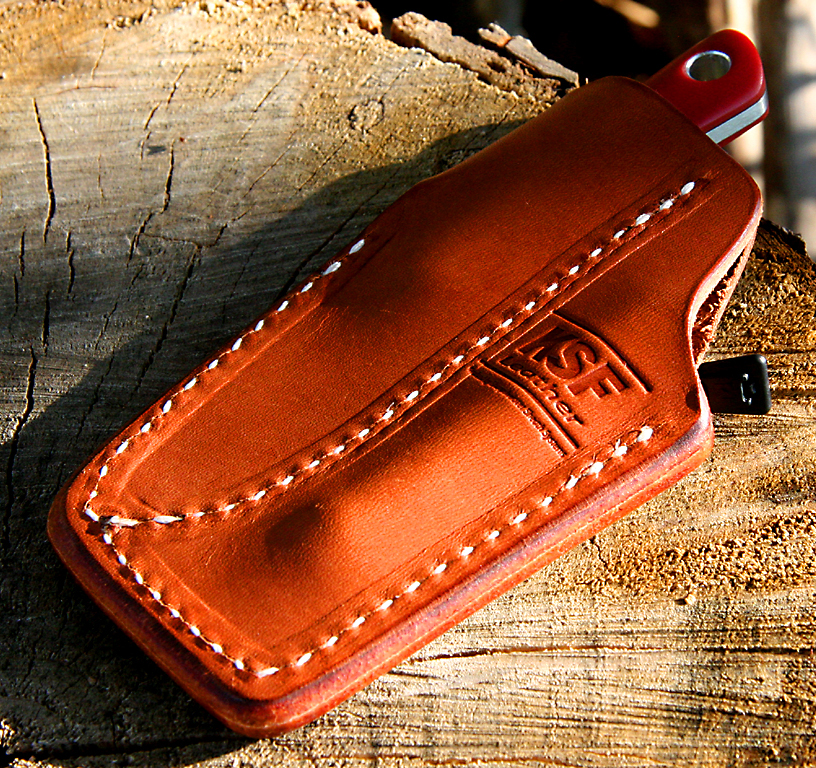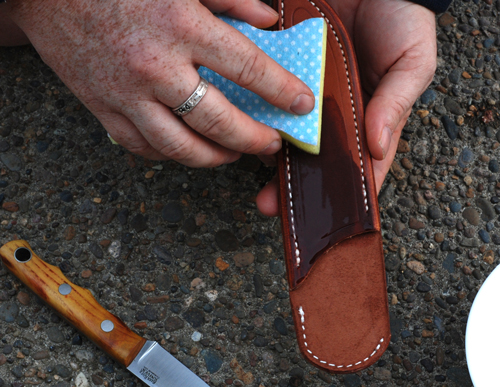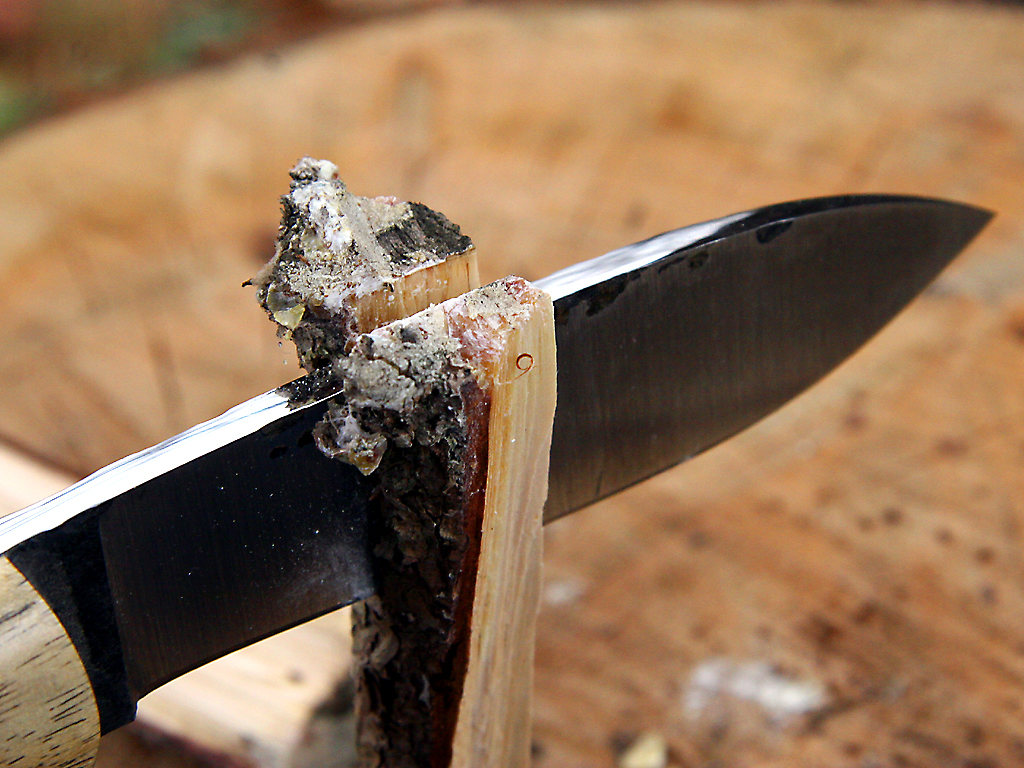How-To: Knife tips & tricks
14th Aug 2015
Knife tips & tricks
Remove rust the write way: If you're having trouble getting rust out of the nooks and crannies of your knife, you can "scribble" it away with the point of a lead (graphite) pencil.
Is that a fixed blade in your pocket? Instead of carrying a traditional pocketknife or a folder, a pocket sheath makes it just as easy (and comfortable) to carry a small fixed-blade knife.
Teen-proof your kitchen: German (Euro-style) kitchen knives are tougher and more forgiving than their Japanese equivalents. So if you have teenagers in the house, your kitchen cutlery should be German. (You can thank us later.)
Roll down the window first: If you're without your sharpening kit, you can give your knife a quick touch-up on the edge of a rolled-down car window. Use it as you would a ceramic rod or sharpening steel.
Swipe your knife: A pants leg is the strop that travels with you -- make it a habit to "swipe" a blade back and forth on your thigh, just once or twice, before returning it to a pocket or sheath.
Impatience with patina: If you can't wait for your carbon-steel knife to develop its attractive (and protective) patina naturally, you can "force" it by wiping the blade with vinegar or mustard, or by cutting onions or potatoes.
Always leave home sharp: It's easier to do your sharpening and regular maintenance where you have good light, the proper tools and your favorite pivot lube. Take care of business at home and you'll have more time to enjoy the hike, campout or hunt.
Give your sheath that "lived-in" look: A leather sheath will form to a knife over time, but you can also "wet fit" a sheath -- check out "The Best Way to Wet-Fit a Sheath."
No more dull kitchen knives: You should never cut on hard surfaces like glass, ceramic tile or plates, marble, granite or acrylics -- make sure your cutting boards are polypropylene or wood.
A pocketknife with options: If you have a multi-blade pocketknife, consider sharpening each blade differently -- for example, one could have a "toothy" edge, another a chisel grind and a third a convex edge -- customizing each for a specific purpose.
Save the nails! Trying to open your pocketknife after your hands have been immersed in water for a while is a quick way to rip your thumbnail off. Find another way to open it, use another knife or wait 'til your hands are dry.
Strop your bevel: Although stropping is often thought of as reserved for convex edges, it's a great final step to sharpening any knife and an easy maintenance technique. You may end up making it your only sharpening method, for all of your knives.
Knives are for cutting: Don't try to "chop" with a knife that isn't made for it (and most knives aren't). Use a knife that's designed to be a chopper (or use an axe).
A kid's first knife: Almost every parent picks a folder or a slipjoint for their kid's first knife, but consider a small fixed blade instead -- it won't fold on fingers, so it can be safer.
Fatwood in the suburbs: Looking for a firestarter? Check out the stubs of lower branches where you or your neighbors have pruned pine trees. This "poor man's fatwood" is loaded with easy-burning resin.
A different striker: If you don't want to use your knife to strike a firesteel, try using a shard of glass (be careful), a tin-can lid, a sharp rock or almost anything with a well-defined edge that'll "bite" into the firesteel.
Oh, flick it: Benchmade's AXIS-equipped folders can be opened using the thumb stud, of course, but they're also "flickable." Just pull back on the AXIS lever (both sides, using thumb and forefinger) and flick it open with a snap of your wrist. (With practice, you'll be able to flick it closed as well.)
Bag your blade: To prevent condensation from forming on your knife after a winter outing, try this old photographer's trick -- slip the knife into a plastic bag before bringing it indoors, and leave it there 'til it assumes room temperature.
Add a finger to your grip: If your "three-finger knife" has a lanyard hole, adding a short, simple fob has the effect of extending the handle, giving you a four-finger grip.
Don't sharpen your knife: That is, never let your knife get so deadly dull that it demands a full-on sharpening job -- if you simply maintain the edge, you may never need to truly sharpen it again.
Always follow Gibbs' Rule #9: "Never go anywhere without a knife."




